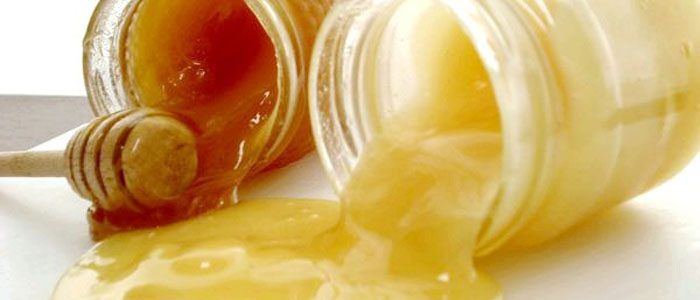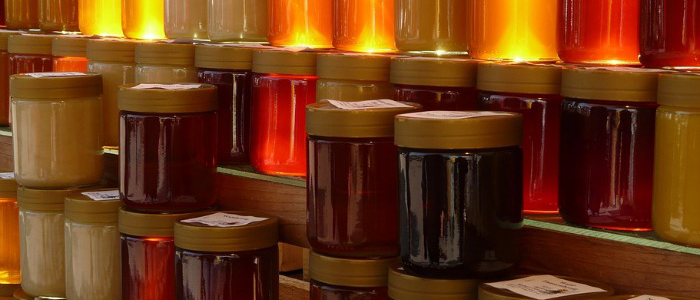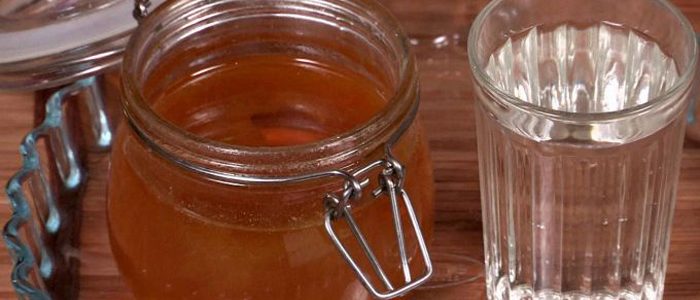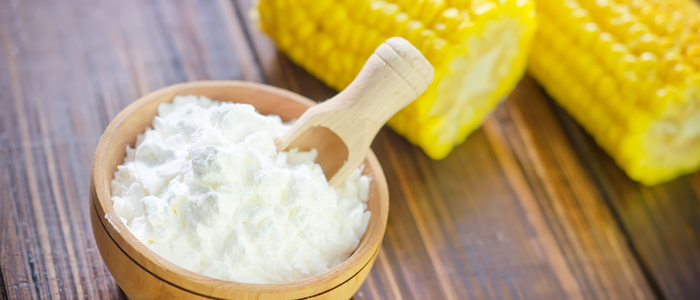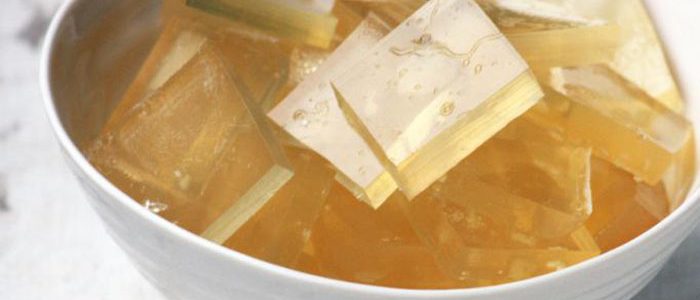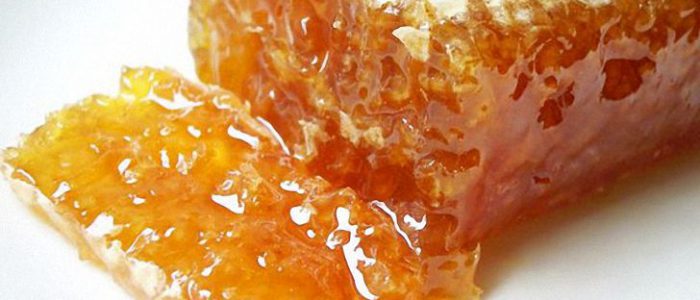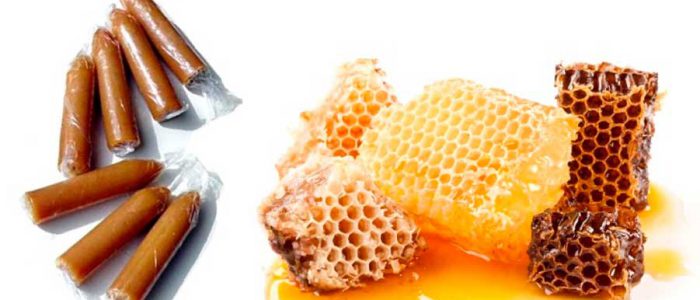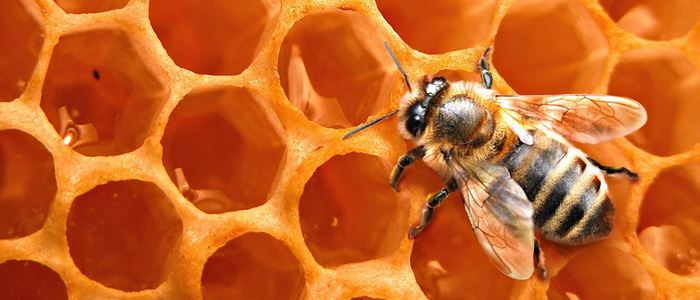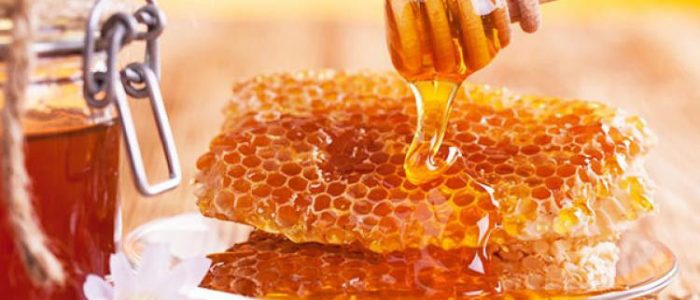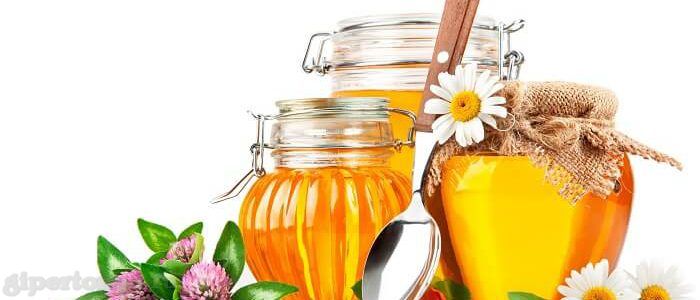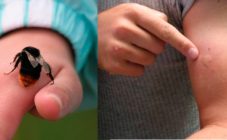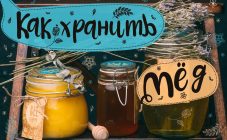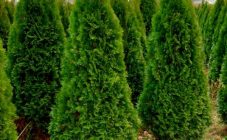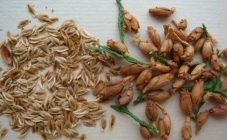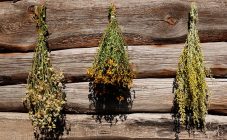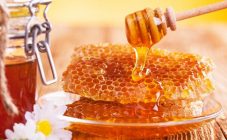Content:
In Russia, honey has long been valued for its excellent taste, aroma, and also its medicinal properties. It has been used in cosmetic formulations. Currently, the amount of counterfeit of this product is increasing, which, even if it does not harm the human body, it will definitely not be able to bring benefits.
In order to answer the question of how to identify real honey from counterfeiting, consider what a burnt surrogate is and how it is produced.
How honey is counterfeited
Usually, when making a surrogate, one of the characteristics of the product is counterfeited. There are two categories of honey counterfeiting:
- species;
- high quality.
Species fake
In the case of a species counterfeit, one or several types of products are replaced by another, while maintaining the species similarity to the original.
Each type of honey (determined by the type of the main honey plant) has its own nutritional value. May is considered to be of the highest quality. The purchase of sunflower honey will be much cheaper. Therefore, it is possible to partially replace one variety with another.
It is also possible that the old melted honey is mixed into fresh honey and sold as a product made this season.
Qualitative falsification
Counterfeiting is done in one of the following ways, or even a combination of them:
- dilution with water;
- the addition of low-value substitutes that mimic a natural product;
- complete replacement of honey for products that imitate its properties.
With this option, the manufactured surrogate loses its taste and color qualities.
Two groups of substances are used as substitutes: food and non-food.
When making fake honey, the following are used as non-food additives:
- a piece of chalk;
- lime;
- gypsum;
- sawdust, etc.
The following products are used as food additives to make fake honey:
- sugar;
- beetroot or starch syrup;
- flour;
- starch;
- gelatin.
Flour and starch are added to a low-quality product to create the appearance of a sugared mass, as this may indicate its naturalness.
Gelatin is added to increase the viscosity. At the same time, such fake honey loses its taste and aroma.
Also under the name "honey" you can find dandelion or elderberry jam. Their color is very similar to that of the natural product. Also, many are confused by the good floral smell of such jam, the presence of which is served by unscrupulous sellers as a sign of high quality of the product. Sometimes, to add naturalness, pieces of honeycomb and bee pomor are even added to it.
Counterfeit bee honey
This category includes a fake that is made by bees, but only in this case the bees do not collect flower nectar. Instead of transporting apiaries to places with a lot of flowers, beekeepers put piles of sugar and containers with sugar syrup or sweet fruit juices next to bee hives.
The resulting honey product is partly processed nectar and partly (and mostly) cane or beet sugar.
Thus, if the product is bodied, then its yield will be much larger in volume than if the bees collected it only from flowers. The benefits of such a surrogate are much less than those of a natural product. Such a substance is usually called sugar honey.
It has been experimentally proven that from 1 kg of sugar you can get almost 1 kg of honey.
Large quantities of counterfeit product are now being produced on an industrial scale throughout the world. For this, biochemical laboratories make special syrups, which are enriched with flavorings and acids in laboratory conditions. As a result, the surrogate hits the shelves and is sold as a natural product.
How to detect a counterfeit
How to distinguish natural honey from counterfeit at home?
It is possible to determine the naturalness of a product by its appearance, taste, organoleptic and physicochemical properties, as well as using chemicals that are available at home.
Checking samples for compliance with their organoleptic and physicochemical indicators makes it possible to distinguish between counterfeit and natural products.
Organoleptic and physicochemical indicators for each variety in Russia are regulated by the following documents: GOST 19792-2001 “Natural honey. Specifications ”and GOST R 52451-2005“ Monofloral honeys. Technical conditions ”.
Definition by appearance
To carry it out, the test substance is placed in a transparent glass jar and the contents are examined in the light.
This product has a uniform consistency, without stratification. There should also be no sediment at the bottom.
If honey is bought in summer, then it can have a liquid or thick consistency, which is determined by the main type of honey-bearing flower from which the bees collected nectar.
Usually after 1-2 months it starts to become sugar-coated or crystallized. In this case, the mass brightens and becomes cloudy. The most favorable temperature for crystallization is 10-15 ° C. However, if the storage temperature is higher, then the onset of crystal formation will be later.
By winter, the product generally has time to sugar. The exception is the varieties: acacia and May, for which the crystallization period is 1-2 years.
Therefore, if the honey purchased in winter is liquid, then this may be one of the signs of counterfeiting. It is also possible that in order to give the product a marketable appearance, it is melted. In principle, this can be done, but only under certain conditions: the temperature should not exceed 40 ° C. If it is higher, then the product loses its medicinal properties.
Check for fluidity
To do this, a special spatula or spoon is lowered into the test sample, then removed from the container and the liquid is allowed to drain quietly.
An artificial product, unlike a natural one, forms a trickle, which is quickly interrupted, since it has a lower viscosity. The last drop of the right substance usually bounces back against the spoon.
Also, in the place where the trickle flows, a small honey hill should form, which slowly spreads.
If the spoon is quickly rotated around its axis, then the natural product will wrap around it and not drain. This usually does not happen with a fake. The surrogate drains quickly, so its trickle simply does not have time to wind up.
Taste check
If you eat a spoonful of natural linden honey, then not only sweetness, but also a slight bitterness remains in your mouth. After buckwheat, there should be a slight perspiration in the throat, since it has a pungent taste. If you eat a spoonful of counterfeit, then usually only a sweet aftertaste remains.
Color check
How to distinguish real honey from fake honey by color. Each type of honey has its own color. For example, buckwheat is dark brown, acacia is white, herbal is light yellow, etc.
If the color is white, then it can be not only an acacia variety, but also a processed product of sugar syrup. Old melted honey, which was heated over 40 ° C, has a dark brown color, etc.
Therefore, in order to make sure that a natural product is being purchased, you should always use several verification methods.
Chemistry check
How else can you determine real honey from fake at home and how to determine the type of impurity? To do this, you need to influence chemical substances on the test sample. You can conduct research using those chemicals that are used at home on the farm or are in the medicine cabinet.
To check for impurities consisting of substances that are not soluble in water, prepare a honey solution and let it settle for some time. If such additives are present in the test substance, they will settle to the bottom of the container. If there are no additives, then there will be no precipitate solution.
To be able to determine the types of impurities, you also need to prepare a honey solution and add a certain chemical substance (a few drops) to it. Based on the results of the reaction, you can determine the type of additive, for example:
- if, when adding a few drops of iodine, the aqueous honey solution acquires a bluish tint, then this is a sign of the addition of starch;
- if you drop acetic acid into the solution, then if chalk is present in it, it will begin to fizzle and foam.
Moisture test
The presence of more moisture in the product may indicate that it was additionally diluted with water or pumped unripe. If it is immature, then it must be artificially ripened, otherwise the fermentation process will begin. In any case, such a check should be carried out with the purchased honey or, if such a possibility exists, before its purchase.
You can recognize a watery surrogate using plain paper. To check the honey for the presence of a large amount of water, you need to drop a drop of the substance on the paper. If it is not diluted with water, the paper will remain dry around the droplet. Otherwise, you may notice wet areas.
You can also use a piece of bread for this purpose. It needs to be dipped in honey and wait about 10 minutes. If there is excess water in the sample, then the bread will soften, if not, then it will harden, as in air.
Honey go molasses
To check if there is an admixture of potato molasses, you need to dissolve honey in water (1: 2 or 1: 3). Add ethyl alcohol 96% to the solution. After that, the contents are shaken. If such an impurity is present, then the solution becomes milky white, a sticky transparent mass is formed in it, which can be seen in the light.
Also, the presence of molasses will be indicated by the appearance of a brown precipitate (ammonium sulfate) when a few drops of ammonia are added to the solution.
You can also use a chemical method to check if the honey contains molasses or not. To do this, you need to prepare a 10% solution of honey and add lapis or silver nitrate to it. If after the reaction a white precipitate forms, then such an impurity is present.
Honey or sugar counterfeit
How to recognize natural honey yourself and is it possible to distinguish between a natural product and a counterfeit sugar without laboratory tests?
To identify counterfeit in the form of sugar honey, you can use the fact that sugar is a flammable substance. Therefore, you need to place the spoon with the test sample over the fire. If the product is natural, then it will simply become more liquid and turn into syrup, but if there is a sugar additive in it, then the counterfeit will ignite.
Sugar honey crystallizes over time in the same way as natural. However, unlike natural, it forms large and hard crystals.
Tips for choosing honey
How to choose high quality natural honey and distinguish it from fake?
In order not to purchase a low-quality product, you need to adhere to several rules:
- It is best to buy honey from friends, proven beekeepers, since now counterfeit products are produced with sufficient quality and sometimes it is impossible to distinguish it from natural without using laboratory analysis.
- High quality honey is expensive. Therefore, if the market offers cheap honey, then this is an obvious fake.
- If honey of a certain type is offered, then you must first find information on the Internet about its natural color, density, as well as the time of crystallization and compare with the proposed product.
- Good natural honey is bitter. So taste it. If there is no bitterness, then most likely it is a surrogate. If there is a clear caramel flavor, then this product was melted, and at a temperature above 40 ° C.
- Smell the honey. The smell of real honey is difficult to confuse with the smell of flower jam. If there is a mash smell, it means that the honey is immature and has already begun to ferment. You cannot buy such a product. Foam on the surface also indicates that the product has begun to ferment.
There is a lot of counterfeit honey on the market and in stores on the territory of the Russian Federation, therefore, before buying this healthy, aromatic and tasty product, it is important to check its quality yourself. This is the only way to protect yourself and your family from counterfeiting.
